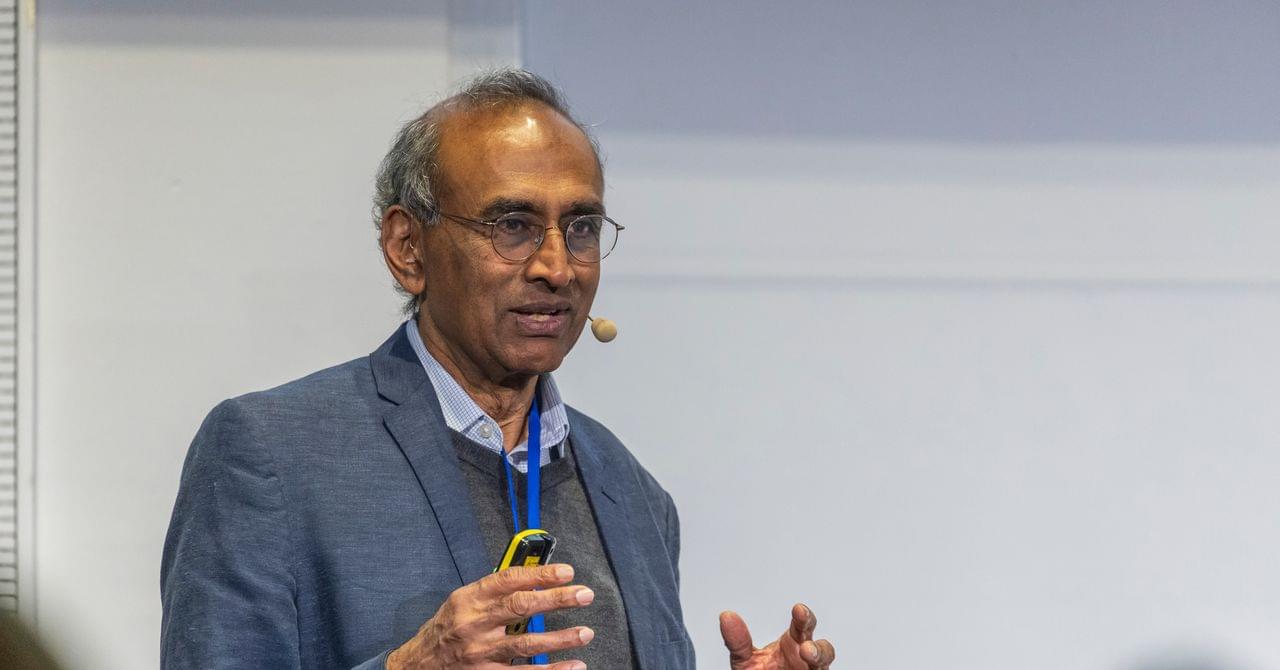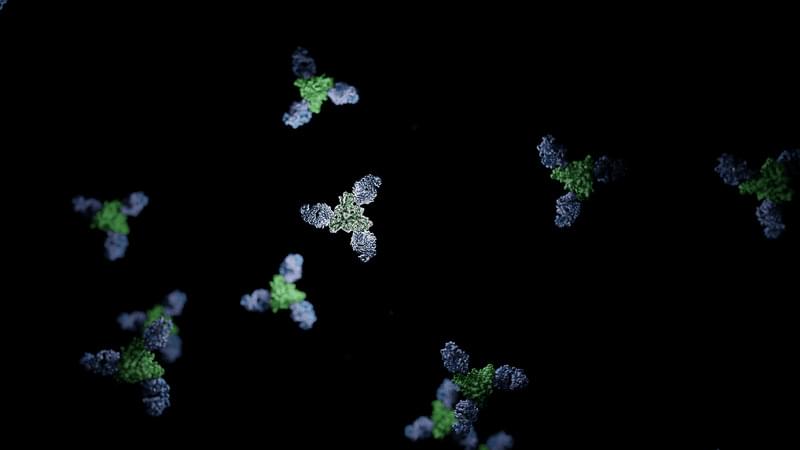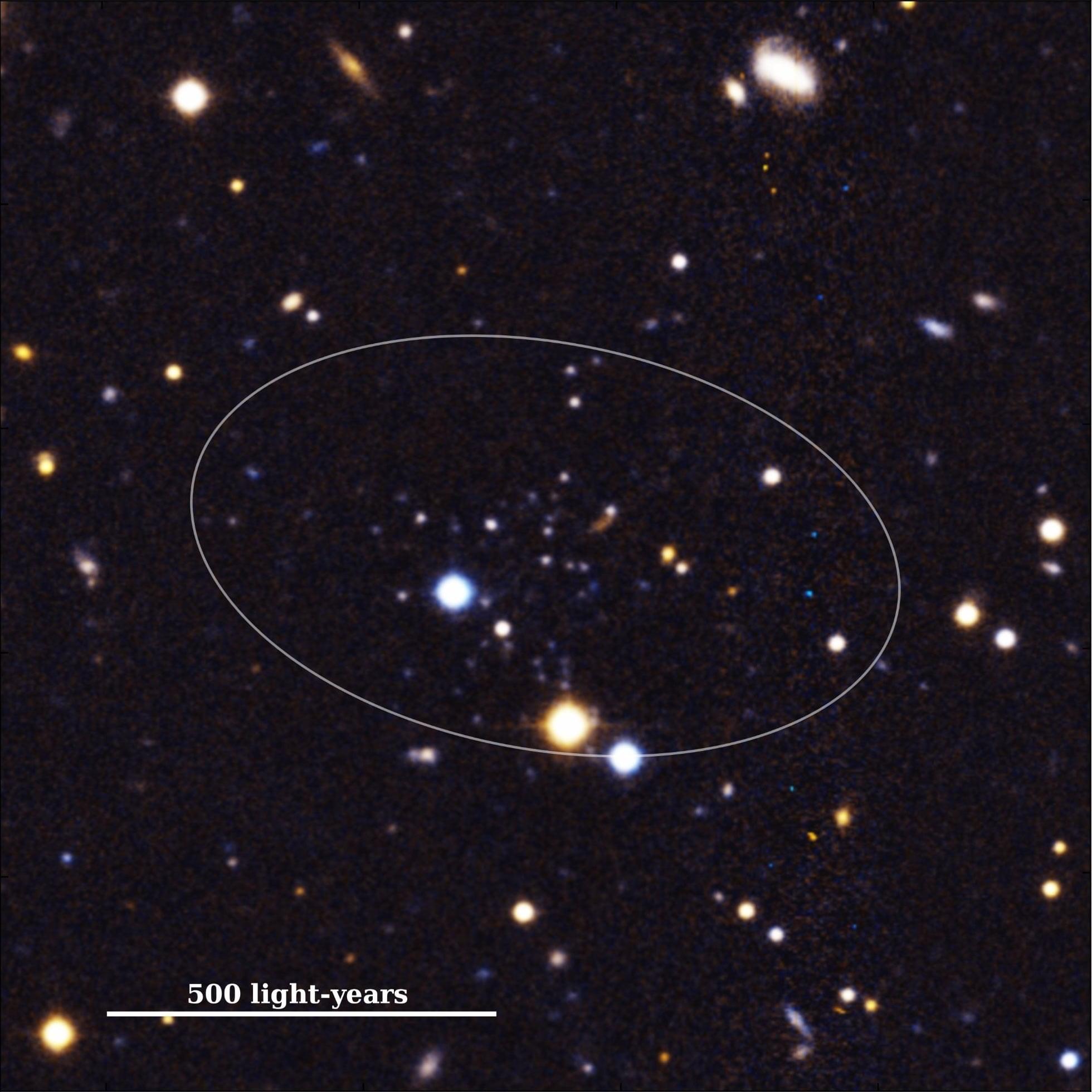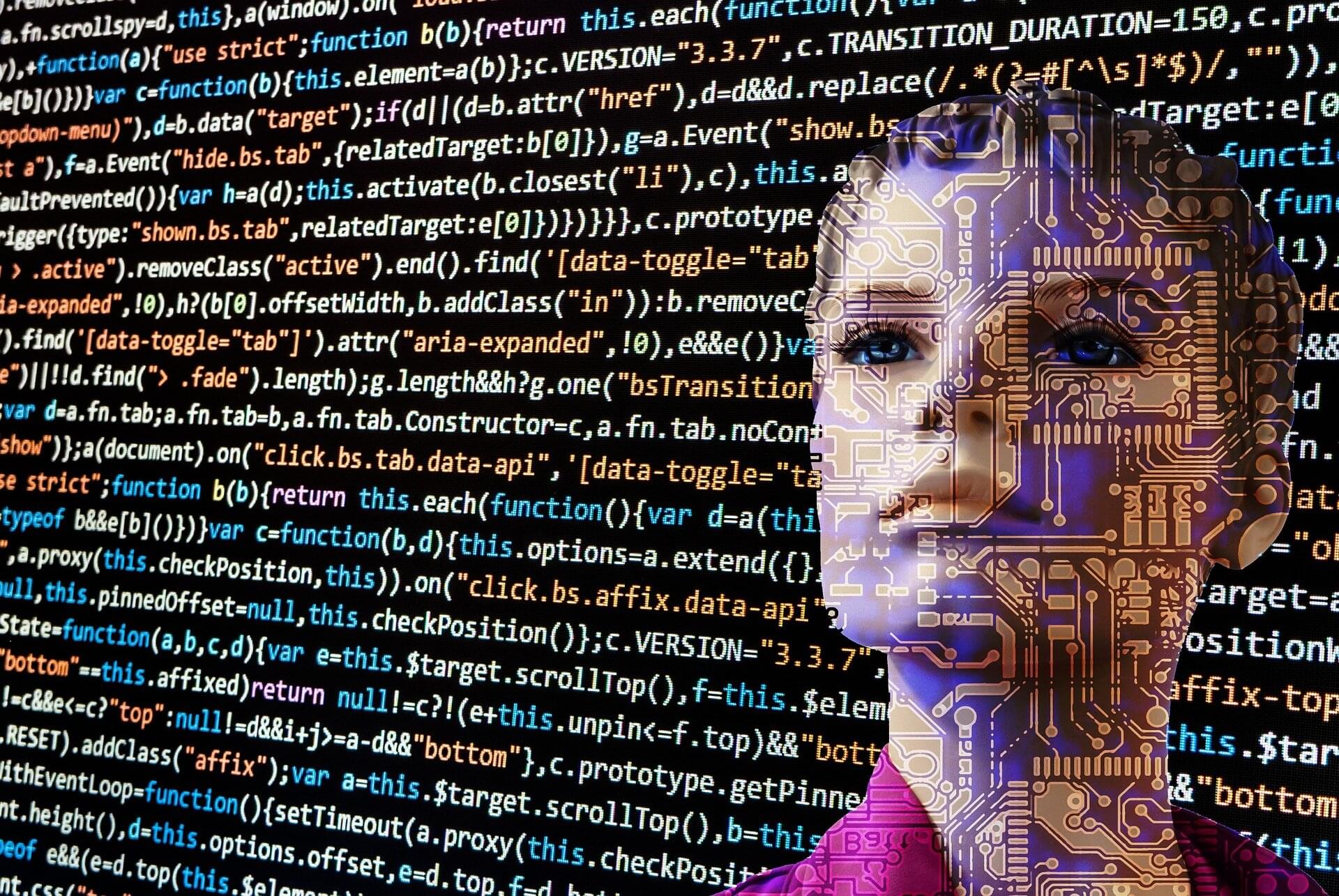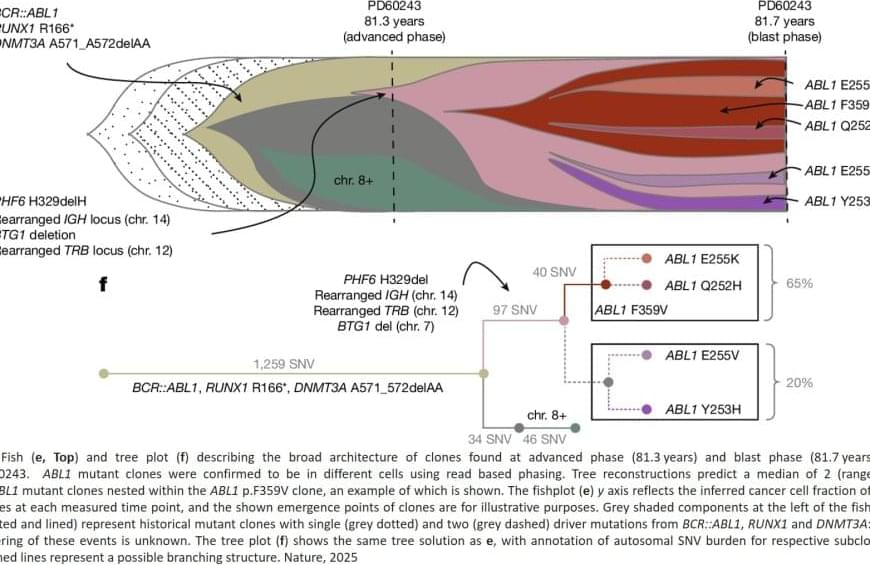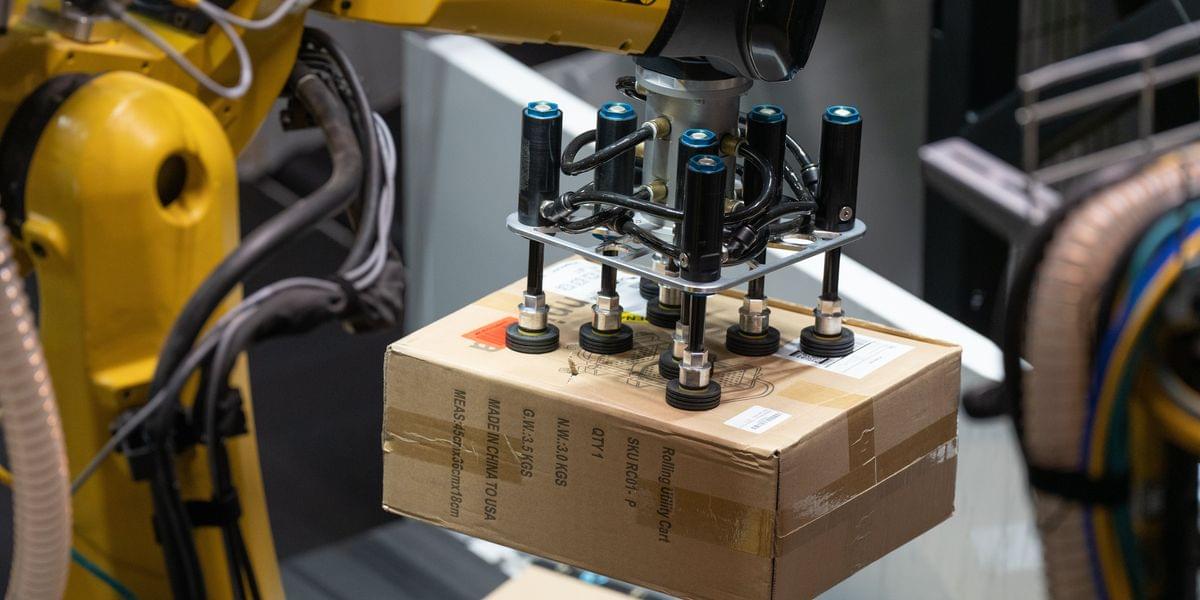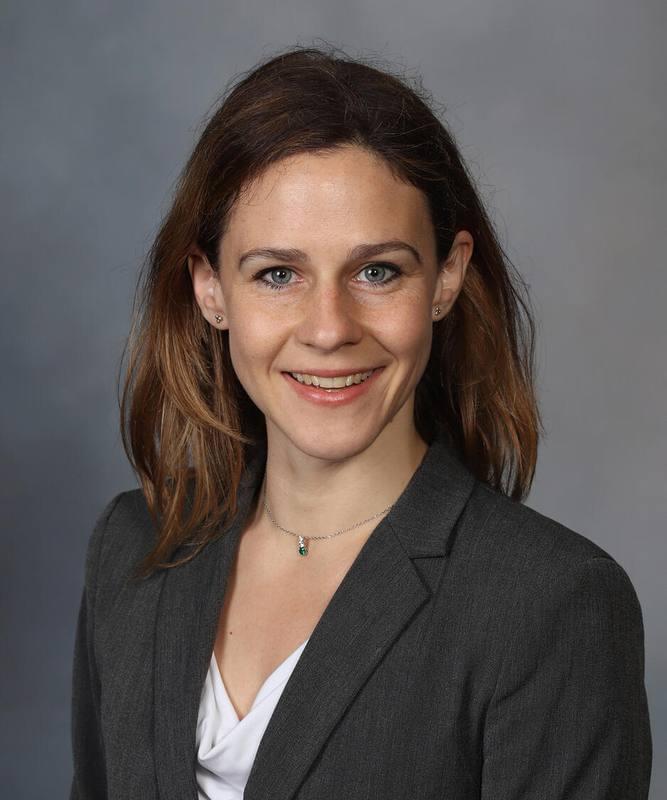The structural biologist, who has devoted his life to studying the processes behind aging, discusses the surprising things he has learned and the public misunderstandings about longevity.
Researchers have long studied quantum entanglement to understand how photons appear to influence each other instantaneously.
This peculiar link first emerged when Albert Einstein pointed to what he called “spooky action at a distance,” suggesting that this peculiar behavior contradicted intuitive views of cause and effect.
The conversation around these phenomena has evolved through the decades.
Measles, a highly contagious viral infection, continues to pose a significant public health threat worldwide. Despite the availability of effective vaccines, outbreaks persist, particularly in regions with low immunization rates. In 2023, the World Health Organization observed up to a 30-fold increase in measles cases in Europe. There are currently no treatment options for measles. Instead, patients must allow the virus to take its course and let the immune system naturally clear the infection.
Erica Ollmann Saphire, a structural biologist, and her research team at the La Jolla Institute for Immunology uncovered the structure of the measles glycoprotein and engineered a neutralizing antibody against it. This therapy could be implemented to manage measles outbreaks worldwide.
Researchers uncovered the structure of the measles fusion glycoprotein and identified a neutralizing antibody capable of decreasing its virulence.
Though tiny, this newfound satellite galaxy around M31 offers big lessons — and questions — about how galaxies evolve.
Programmers can now use large language models (LLMs) to generate computer code more quickly. However, this only makes programmers’ lives easier if that code follows the rules of the programming language and doesn’t cause a computer to crash.
A new study has unveiled when chronic myeloid leukaemia, a type of cancer that affects the blood and bone marrow, arises in life and how fast it grows. Researchers reveal explosive growth rates of cancerous cells years before diagnosis and variation in these rates of growth between patients. Such rapid growth rates had previously not been observed in most other cancers.
Researchers used whole genome sequencing to study when BCR::ABL1 – an abnormal fusion of the different genes called BCR and ABL1, which is known to cause chronic myeloid leukaemia. The team investigated when BCR::ABL1 first arises in a blood cell and how quickly these cells with this genetic change then multiply and expand to lead to a diagnosis of a type of leukaemia.
The research, published in Nature, contributes to the scientific understanding of how strong this abnormal fusion gene is in its ability to drive cancer.
How Amazon is revolutionizing warehouse automation with cutting-edge robotics and AI, driving efficiency and innovation.
OpenAI met with more than 20 companies in the AI coding domain, according to a person familiar with the matter.
Gödel’s incompleteness theorem is used by both advocates and adversaries of strong AI to show that computers can(not) perform the same feats as humans. This article extends the construction through which Gödel proved his theorem, in order to allow a broader interpretation, showing that neither side has exploited its arguments to the fullest extend, and that the evidence can never be conclusive.
Dr.ir. C.J.B. Jongeneel & prof.dr. H. Koppelaar, Delft University of Technology, Faculty of Technical Mathematics and Informatics, Section of Knowledge Based Systems.
1 Introduction
Called the human connectome, the structural system of neural pathways in the brain or nervous system develops as people age.
